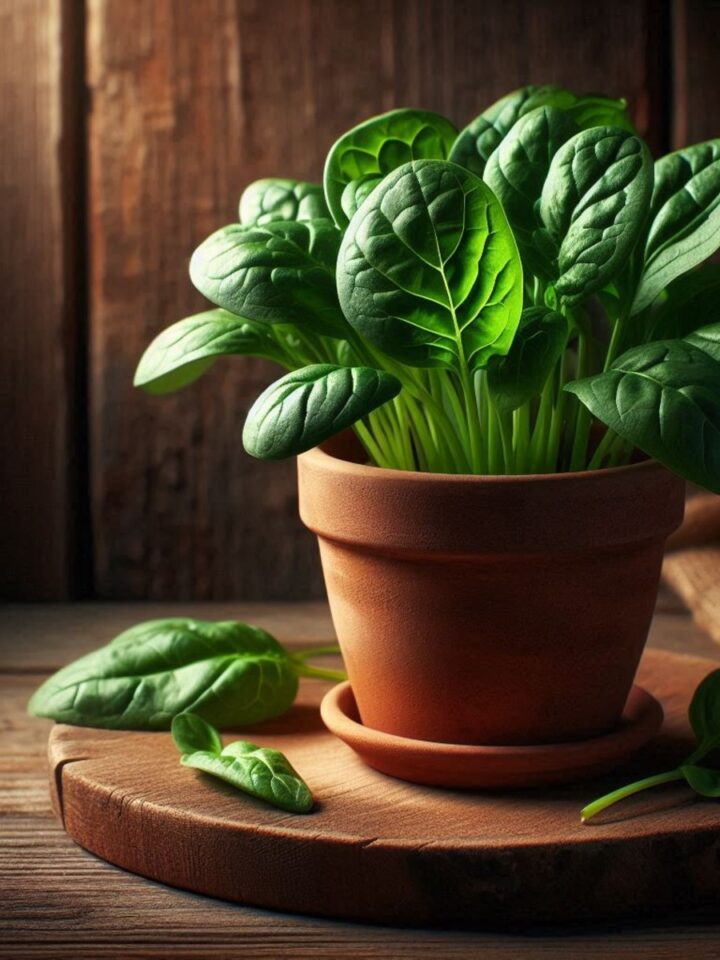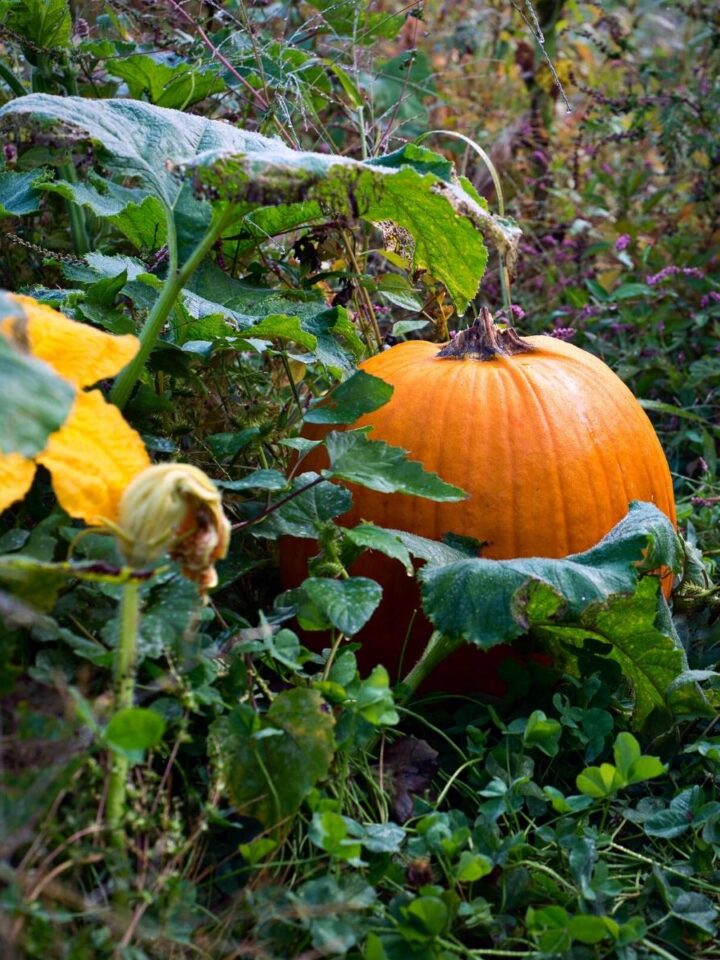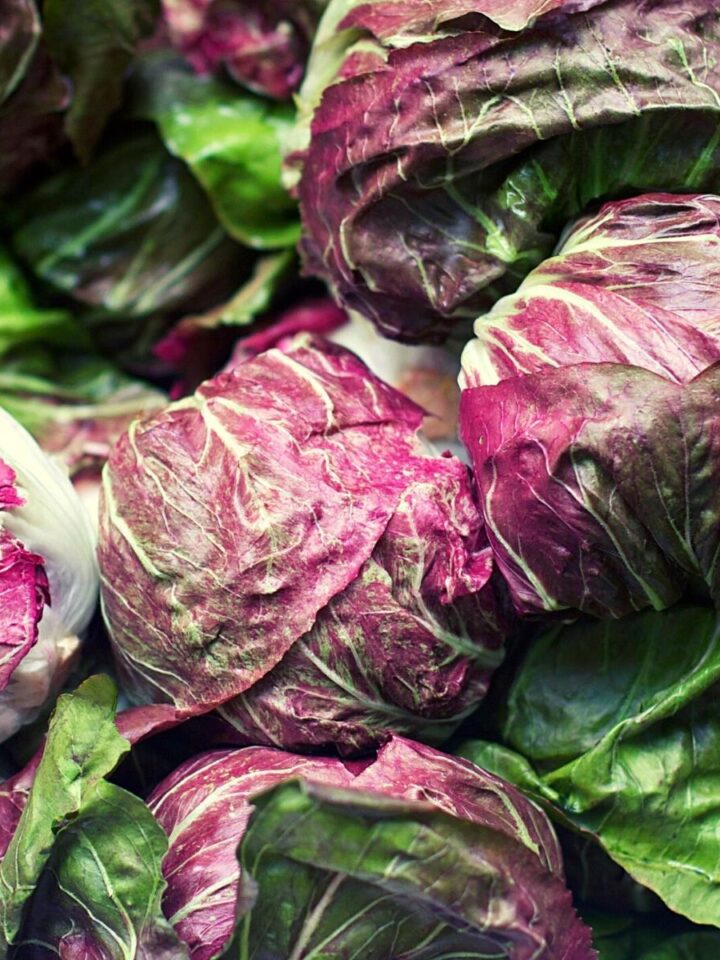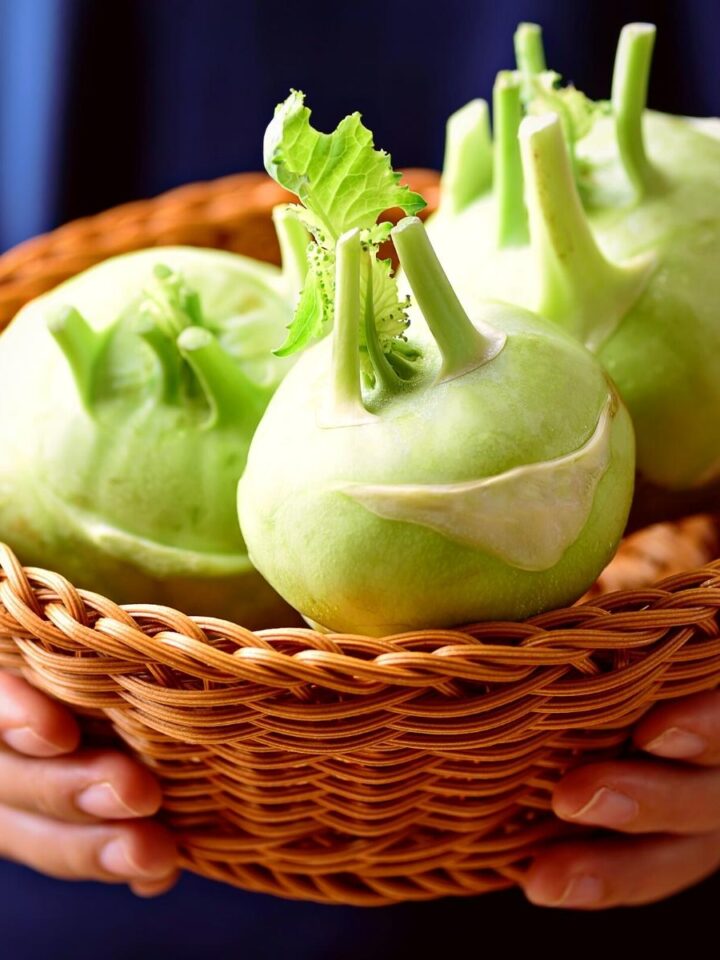This post contains affiliate links, which means I will make a commission at no extra cost to you should you click through and make a purchase. As an Amazon Associate I earn from qualifying purchases.
Kale is a green-colored leafy vegetable full of nutrients and has loads of health benefits for all. It is a funny-looking vegetable that almost resembles a cabbage, and many people confuse between the two. Kale is often considered the oldest form of cabbage, and this vegetable can grow at any time of the year as it is highly resilient.

Jump to:
If your kale has grown in the frost, then you will find that it tastes a lot sweeter. Now, if you thought that Kale has a particular season, then you are wrong. There are more than 50 types of Kale to choose from and you get one variety or the other at any time of the year.
You may want to learn more about how to grow spinach indoors.
Gardening Tips for Kale that Actually Work
There is a worldwide obsession with kale, and we need to find out the reason behind it. It is not the prettiest vegetable, but the looks hardly matter. The vegetable is packed with minerals, nutrients, and vitamins. It is also rich in high fiber but low in calories. It has got powerful antioxidants too. It seems that there is nothing that the vegetable cannot do!
History of Kale
Kale is one of the oldest forms of cabbage, native to Asia Minor and the Eastern Mediterranean. The kale has been in cultivation for many years, dating back to 2000 years, and since it was so widespread, it is hard to pinpoint the exact region of its origin.
It is known that in the Middle Ages, Kale had already spread through Asia and Europe and had become one of the most widely eaten vegetables in Europe. It is commonly believed that the English settlers introduced Kale to the Americas, and soon it became popular as the people found out that it was easy to grow the plant as it could handle cold temperatures.
Benefits of Kale
Kale is one of the most potent foods on the planet. It is estimated that just one cup of kale provides more than 100% of the daily requirement of Vitamin C & Vitamin A. Kale is also rich in calcium, copper, iron, potassium, and magnesium.
Kale plays a significant role in promoting bone health, and it keeps inflammation at bay too. No wonder kale is thought to be one of the most reliable disease-fighting foods. That is not all! Kale also shields the heart by stopping the cholesterol from being reabsorbed into the bloodstream. It also essays an important role in preventing damage to the artery walls.
Basic Kale Facts
Kale seeds germinate rapidly in warm soil, and they should sprout within eight days. The seeds should be covered with ½ inch soil, and the seeds should not be allowed to get dry before germinating.
Kale is a cold-hardy crop that can be planted in late summer or the early spring. The cool weather is helpful as it helps to bring out the sweet and nutty flavor of this leafy green vegetable.
Kale is one of those vegetables that prefer cooler temperatures between 55 to 75 degrees F, whereas the optimum is a temperature between 60 to 70 degrees F. However, warm summer conditions will also produce good crops.
It is hard to tell how many leaves you will actually get per plant, the final yield depends on the variety sown and the farm management practices that have been followed. We suggest you grow 4 to 5 plants per person in your family.
Kale can be eaten raw in smoothies and salads, but one can also enjoy it as baked, boiled, or sauteed. Studies have shown that raw kale has more benefits than cooked variety.
Gardening Tips for Kale: Soil
Kale plants prefer a rich soil full of organic matter but have a slightly acidic soil pH. Organic matter has high nitrogen content that helps in the healthy growth of the leaves. The soil should be well-drained too.
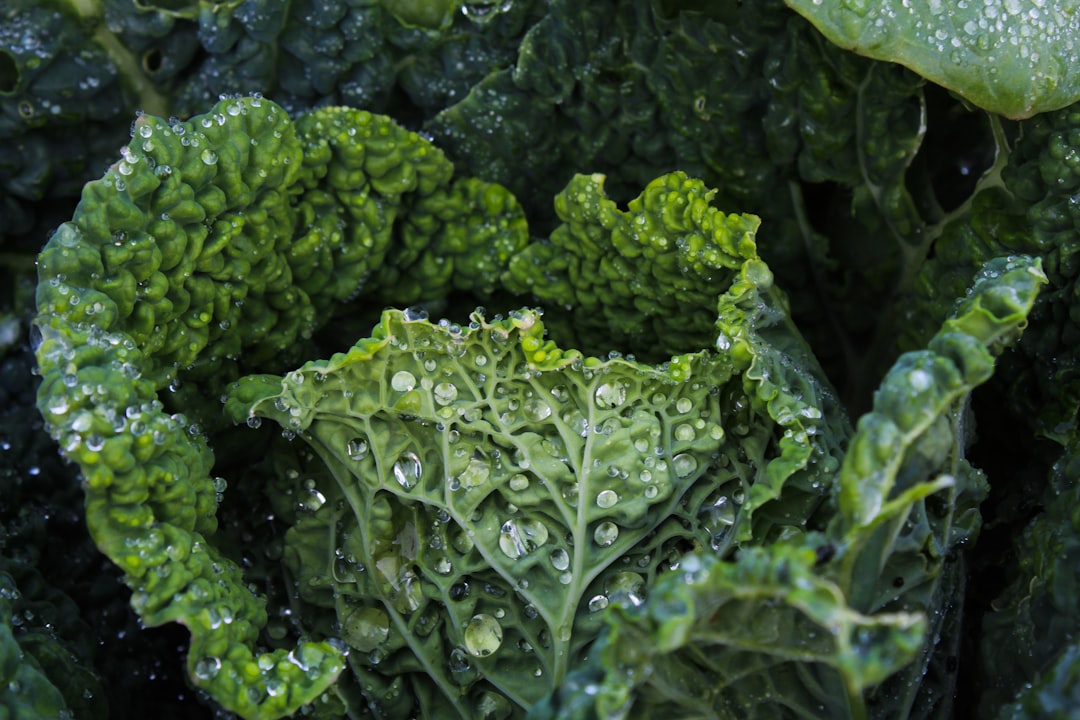
Planting
Kale grows quickly from seeds when directly planted in the garden soil or started indoors and then transplanted to the garden. If you do not have an ample garden space, you can grow kale in containers as they grow well. It can be grown as one of those vegetables wherein you harvest only what you need, and the plant will grow again.
Gardening Tips for Kale: Plant Care
Kale can handle full sun comfortably, but if you live in a warm and dry climate, you should provide the plants with some shade. The heat will make the leaves wilt and lose their flavor. The plants should be watered regularly so that the soil is evenly moist.
At the time of planting, the fertilizer should be mixed into the 4 inches of soil. The kale should be fed throughout the growing season, and one should try to use a vegetable fertilizer rich in nitrogen.
Harvesting Kale
The plants will take around two months to fully mature from the seeds. The young kale leaves can be harvested to be used in a fresh salad or allow the plants to mature further for cooking. The plant is good for harvesting throughout the summer months but is tastier after a light frost.
Enjoying Kale
People usually enjoy kale in a smoothie or a regular salad, but those options are a bit boring after a while. So you can change the way you use greens in your daily dishes. You can prepare lovely dishes with mushroom and kale as it will be wholesome for anybody or opt for sandwiches with raw kale thrown in. So there are several ways to enjoy this superfood.
Easy Kale Recipe
Do you like the fried potato chips? Why do you try a healthier alternative? The Kale Chips Oven Recipe snack will satisfy your cravings but will not add too many calories to your diet.

